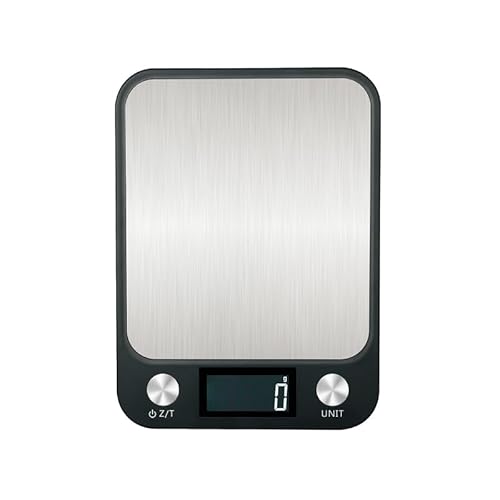goldieloxj95 said:AdoptaPitBull... What do you mean DOS?
Not AdoptaPitBull, but DOS, which is short for "Dreaded Orange Spots', is a common possibility with certain oils that are high in linoleic acid in soapmaking if too much are used in ones formula.
In appearance, a DOSsed soap is one that looks like it has come down with a case of orange-colored measles. It usually occurrs when too much of high linoleic acid oils are used in ones' formula, or if one used rancid oils in their formula. If you live in a climate with high humidity, it increases the chance of DOS.
What happens is this: the linoliec acid in the oil, which is very sensitive to heat and light, starts to break down and go rancid and show up as orange spots in your soap. It usually shows up about a month or more into cure. Canola oil, as well as soybean oil are both high in linoleic and are notorious DOSers in soap. They can be used successfully in soap, but you need to be savvy with them in terms of not going overboard with their usage amounts. Because of this problem, certain suppliers sell canola oil that is high in oleic acid as opposed to linoleic acid (the same for sunflower oil, too).
goldieloxj95 said:I am getting a little confused.. Sorry guysBut what you are saying is... Instead of tallow I can buy shortening, whether it is Beef or PIg doesn't matter, and use that in place of the tallow.. Do I melt it down and use the exact weight as I would use for the tallow?
Yes, and yes, but make sure to run the recipe through a good lye calculator to get the correct amount of lye, because the lye amount will be different.
goldieloxj95 said:I think I am going to give it a try today.. Another question.. I know that the basic soap has to try for like 4-6 weeks before you can package it.. BUT does the basic soap have to try the whole 4-6 weeks BEFORE you can use it for handmilled soap?
No- as long as the soap does not 'zap', you can use it for handmilling fresh out of the mold if you like.
IrishLass












































